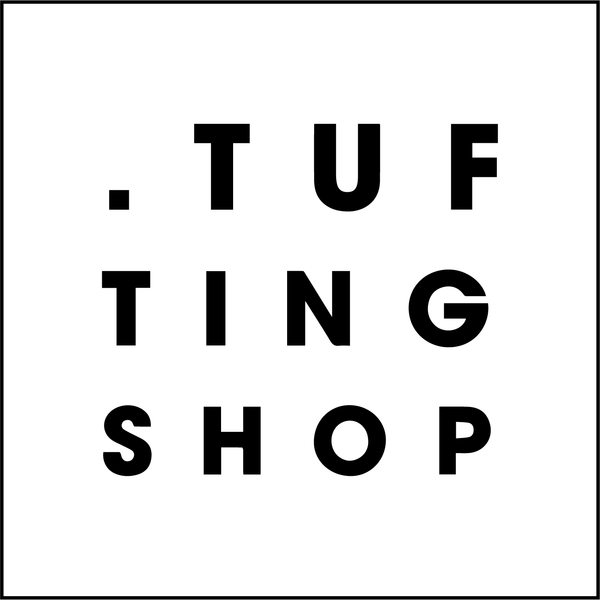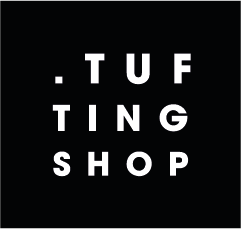
What type of yarn is good for rug making?
Share
Even though your tufting gun can handle practically any yarn type, not every wool is suitable for durable rug making. Wool is very popular in rug making. The beneficial properties of natural wool are unrivaled by any man-made (sythetic) fiber known today. This blogpost dives a bit deeper in the qualities of wool and where your rug wool comes from.
Wool refers to the full fleece on the outside skin of sheep. The hair of the sheep can be divided into two types:
- The topcoat, aka the guard hair
- The undercoat
The guard hair is on the outside, it is the most water and dirt resistant and for the animal mostly used for rain protection. It is thicker and coarser than the layer closer to the skin of the sheep, the undercoat. The undercoat consists of more fine hair, it is softer and its main function is to keep the animal warm.
But why are there so many different types of sheep used for wool?
There are many different breeds of sheep used in wool production. They come in different shapes and sizes, and live in different countries and climates, that along with age, health, and diet affect the quality of their wool.
Some sheep produce a fleece with a high resilience which is hard wearing and therefore good for rugs, but not for sweaters as they are less soft. You can imagine that a sheep living in a rainy climate, produces more water resistant wool than animals that live in very dry climates.
When it comes to clothing, The ’finest and softest sheep’s wool is Merino which comes from the Merino sheep or lambs wool. And also a lamb until the age of about 7 months produces very fine and soft wool. Although these wools are very soft, and also pleasant under your feet, the quality does not per se make it more durable as a rug. Also cashmere is more of a “hair” type, and therefore less suitable to maintain shape when you walk on it. It is very delicate. Alpaca wool is generally a bit stiffer, and therefore less suitable for clothing, but in a blend, quite suitable for rugs.
So that being said for the types of animals and natural qualities of wool; you will often see types of wool in a mesh with syntetic yarns to compensate for any disadvantages of the wool type. So when choosing a yarn for floor rugs, avoid the soft and delicate types.
credits: https://www.heddels.com/2016/09/know-your-wools-cashmere-lambswool-angora-and-more/

